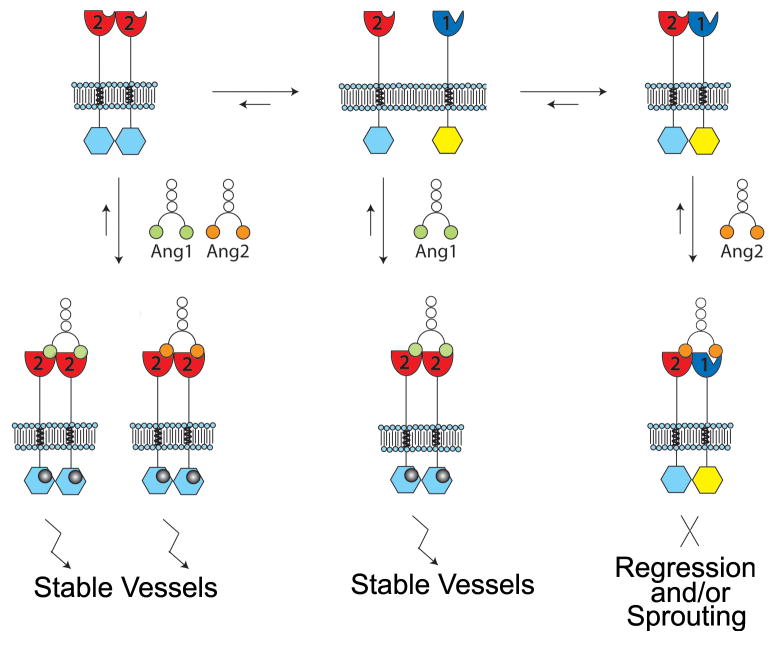Figure 7. Model for Angiopoietin-mediated Tie2 signaling.
Expression of Tie2 in the absence of Tie1 at sites of vessel quiescence and maturity. In the absence of Tie1, Tie2 can be activated with either Ang-1 or Ang-2. Both ligands stimulate receptor clustering, tyrosine kinase activity, and down-stream signaling events, effectively become unresponsive to vessel sprouting and branching cues. Within sites of active angiogenesis, Tie1 and Tie2 associate to form a complex prior to ligand stimulation. Upon addition of Ang-2, Tie1 and Tie2 association and localization remains unchanged. Under these conditions, Ang-2 fails to activate the Tie2 receptor and opposes the activation of downstream signaling generated by Ang-1. However, upon addition of Ang-1, the opposite is observed. Ang-1 stimulates Tie2 clustering, tyrosine kinase activity, and down-stream signaling events similar to that observed in the absence of Tie1. *Angiopoietins are depicted as dimers for illustration purposes although they are known to exist as higher-order clusters.

